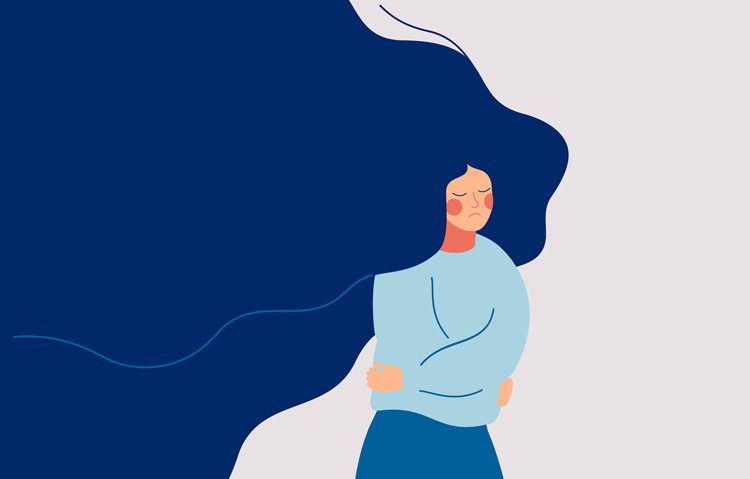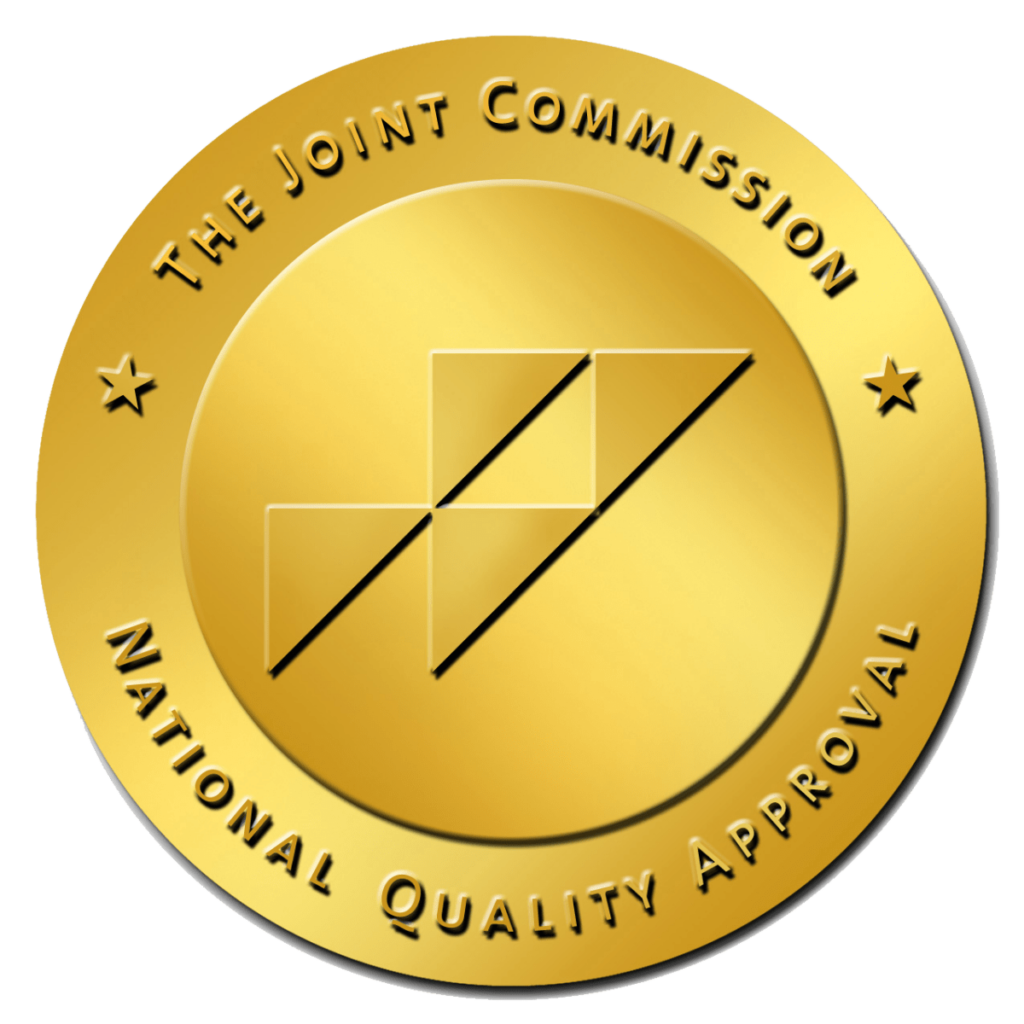Understanding Emotional Intensity Disorder
Emotional Intensity Disorder (EID), also sometimes called Borderline Personality Disorder (BPD), is a mental health condition impacting up to three percent of Americans, according to the University of Iowa Hospitals and Clinics (UIHC), a leading research institution for the condition.
Gender Divide
While 75 percent of the people who have been diagnosed with EID are female, it is now theorized that it may be just as common in men but misdiagnosed as PTSD or depression.
Disproportionate Hospitalizations
According to the UIHC website, even though people with EID make up only a tiny percent of the population, they account for 20 percent of all psychiatric hospitalizations every year.
Symptoms of Emotional Intensity Disorder
A person struggling with EID is likely to have some or all of the following:
- Extreme fear of abandonment and extreme behaviors to keep people from leaving
- Tumultuous relationships that can rapidly shift from feeling that a person is a trusted, loyal friend to thinking they are a deceitful, hated enemy
- Shifting self-image, shifting from feeling confident to feeling worthless or non-existent
- Reckless, impulsive behaviors like substance abuse, binge eating, spending sprees, and other behaviors that can lead to serious long-term consequences
- Frequent suicidal ideas, threats, and attempts
- Self-harm such as cutting
- Rapidly changing, intense moods
Causes
EID is categorized as a personality disorder, and Harvard Health Publishing, part of Harvard Medical School, indicates that there are a number of factors that lead to the development of personality disorders:
- Environment
- Abuse
- Neglect
- Biology
- Natural difficulty regulating anxiety or moods
- Heightened vulnerability to feelings of loss, stress or rejection
- Genetics
Treatments for Emotional Intensity Disorder
One of the top treatments for EID is STEPPS (Systems Training for Emotional Predictability and Problem Solving). This is a 20-week support group curriculum, which can be followed by STAIRWAYS, a follow-up treatment.
The Mayo Clinic also recommends the following:
- Dialectical behavior therapy (DBT) – a treatment that can include group and/or individual therapy and which is designed specifically to treat borderline personality disorder using skills-based approach to teach:
- Emotional management
- Distress tolerance
- Relationship building
- Schema-focused therapy – also done individually or in a group, this therapy helps to identify unmet needs that have led to negative life patterns. This therapy focuses on helping people meet their needs in a healthy way.
- Mentalization-based therapy (MBT) – helps patients identify their thoughts and feelings and create an alternate perspective. MBT emphasizes thinking before responding.
- Transference-focused psychotherapy (TFP) – aims to help patients understand their emotions and struggles with relating to others through the relationship they develop with their therapist.
- Medications – antidepressants, antipsychotics, and/or mood stabilizers may also be used to help a person with EID to regulate their emotions.
Co-Occurring Conditions
According to the Harvard Medical School article, it is not uncommon for people with EID to also struggle with mood disorders, eating disorders, or substance use disorders.
Aging With EID
The age of onset for EID is typically late teens to early 20s, according to WebMD.
While Emotional Intensity Disorder and other personality disorders are typically something a person copes with for the rest of their lives, research has found that EID tends to become less intense and more manageable over time.
Straight From the Horse’s Mouth
Megan Glosson, a woman who has been diagnosed with EID, recently shared with MSN.com some of the tricks she has picked up for managing her condition. These include:
Using an ice pack to lower body temperature and trigger a specific response from the nervous system of the brain
- Intense exercise
- Paced breathing and progressive muscle relaxation
- Self-soothing – anything that makes her feel better, safer, and calmer
- Distracting – to keep her mind off whatever is upsetting her
- Using a “half smile” to trick the brain into thinking things are good
Highland Is Ready to Help
There is no medical test that can be done to determine if a person has Emotional Intensity Disorder. The only way to be definitively diagnosed is to see a qualified mental health professional who can assess the symptoms and make a diagnosis. If you are concerned that you or someone you love is showing signs of EID or any other mental health condition, Highland Hospital is here to help.










